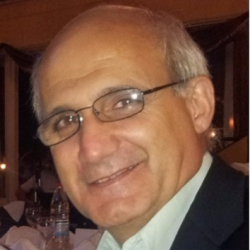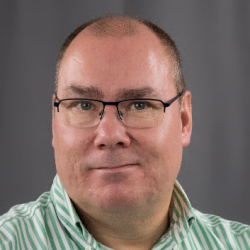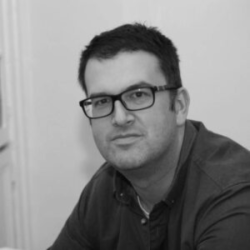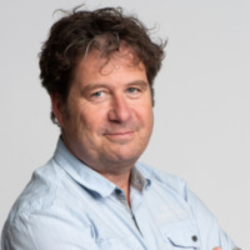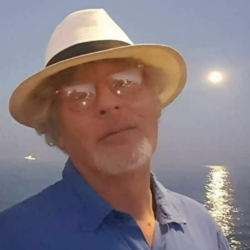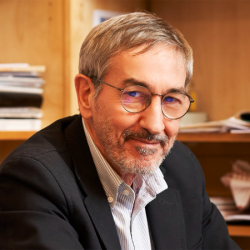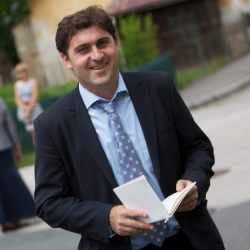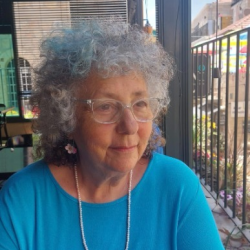Advanced documentation of 3D Digital Assets
This Task Force developed standard guidelines/formats, intended for cultural heritage communities and taking into account the specific needs of Europeana.
The digital documentation of cultural heritage assets is inherently a multimedia process, addressed through the digital representation of the shape, appearance and conservation condition of the heritage/cultural object for which 3D digital model is expected to become the representation. 3D representations should progress beyond current levels to provide the necessary semantic information (knowledge/story) for in-depth studies and use by researchers, and creative users, offering new perspectives and understandings. Digital surrogates can add a laboratory dimension to on-site explorations originating new avenues in the way tangible cultural heritage is addressed.
The generation of high-quality 3D models is still very time-consuming and expensive, not at least because the modeling is carried out for individual objects rather than for entire collections and formats provided in digital reconstructions are frequently not interoperable and therefore cannot be easily accessed and/or reused or sustained.
Many projects have investigated aspects related to cultural heritage assets and highly elaborated theoretical approaches, principles and guidelines are proposed for data schemes and infrastructures. On the other hand, in practice, 3D reconstruction projects are often based on unique and prototypic semantics, workflows, and infrastructures and are customized for a specific purpose.
The recommendation covers semantically-aware 3D objects with a view to improving their archiving, retrieval, reusability and sustainability enriching the geometrical structure(s) with related knowledge, taking into account the range of devices, models and software applications involved.

